April 5 1992
Reflecting on this anniversary at the beginning of this Holy Week can help us extend our thoughts to the many Ways of the Cross that involve millions of people worldwide every day, as a result of violence and wars

The siege of Sarajevo began 25 years ago – on April 5 1992 – . It continued until February 29 1996, leaving over 12thousand dead and at least 50thousand wounded, most of whom were innocent civilians. In those first days of spring the troops of the Yugoslavian Popular Army and the Bosnian-Serb forces were deployed on the hills surrounding the city, cutting off supplies and blocking the population’s escape routes.
Men, women, old people and children began to die every day on the banks of the Miljacka River.
They died for the artillery bombs that claimed victims, while the snipers had become the lords of life and death, supreme arbiters of the existence of people whose only fault was that of having crossed the sniper’s scope. Those streets in the centre of town became too wide to cross, running in breathless fear.
Many young people, who until a short time before had been sitting around the same table in one of the cafes that formed part of the daily life of entire generations, in an atmosphere of multiculturalism and multi-ethnicity that was the pride of the “Jerusalem of Europe”, suddenly found themselves recruited for a war.
But in many cases death – a different form of death, not a physical one, but one that reached down to the innermost meanders of the soul, thereby causing equal suffering –hit all those authorized to leave the city through the so-called “Sarayevo tunnel”: they became refugees in distant, alien places, with no certainty of returning home, leaving behind their dear ones, which they had no more news of, sometimes in areas where the violence of ethnic cleansing infuriated untamed. And death – in a well-planned scheme to wipe out the memory of a people, along with their roots – also involved the destruction of culture, with the bombing of the National library. The almost 2 million books set ablaze were a testimony of the century-long peaceful coexistence of different religions and ethnicities in Sarajevo and in the whole of Bosnia. For that reason, for the nationalistic drives of the besiegers, it was an “evil force” that had to be uprooted.
Sarajevo was abandoned by the international community that pretended not to hear the cry of help and the pain of its inhabitants. Material aids were sent in, but diplomacies preferred not to interfere with geo-political balances for far too long.
Against the backdrop of widespread silence, the only voice relentlessly condemning those tragic events was that of Saint John Paul II. The Pope expressed the wish to visit the city already in 1994, but his visit was cancelled at the last moment because it was impossible to guarantee the security of the population present in the various scheduled meetings. He decided to celebrate Mass all the same in Castel Gandolfo, streamed live on Radio and TV from Sarajevo:
“Our Father…”: “I Bishop of Rome, the first Slav Pope , kneel before you and shout. Free us from the plague, hunger and war.”
Wojtyla could finally visit Sarajevo – when the war was over – in April 1997. Whilst celebrating the Holy Eucharist in the Koševo stadium he defined the city “a symbol of the suffering of all of Europe in our present century.”
Today Sarajevo still bears the visible scars of that war, although the material reconstruction has given a modern face to many of its neighbourhoods, comparable to many other European capital cities.
What still remains – a quarter of a century after those tragic days – are the invisible wounds of a conflict that changed – probably forever – the ethnic and religious balances of the populations present on the territory.
The difficult road was indicated by Pope Francis during his visit to Sarajevo On June 6 2015.
“We need to communicate with each other, to discover the gifts of each person, to promote that which unites us, and to regard our differences as an opportunity to grow in mutual respect. Patience and trust are called for in such dialogue, permitting individuals, families and communities to hand on the values of their own culture and welcome the good which comes from others’ experiences. In so doing, even the deep wounds of the recent past will be set aside, so that the future may be looked to with hope, facing the daily problems that all communities experience with hearts and minds free of fear and resentment.
Reflecting on this anniversary at the beginning of the this Holy Week can help us extend our thoughts to the many Ways of the Cross that involve millions of people worldwide every day, as a result of violence and wars.